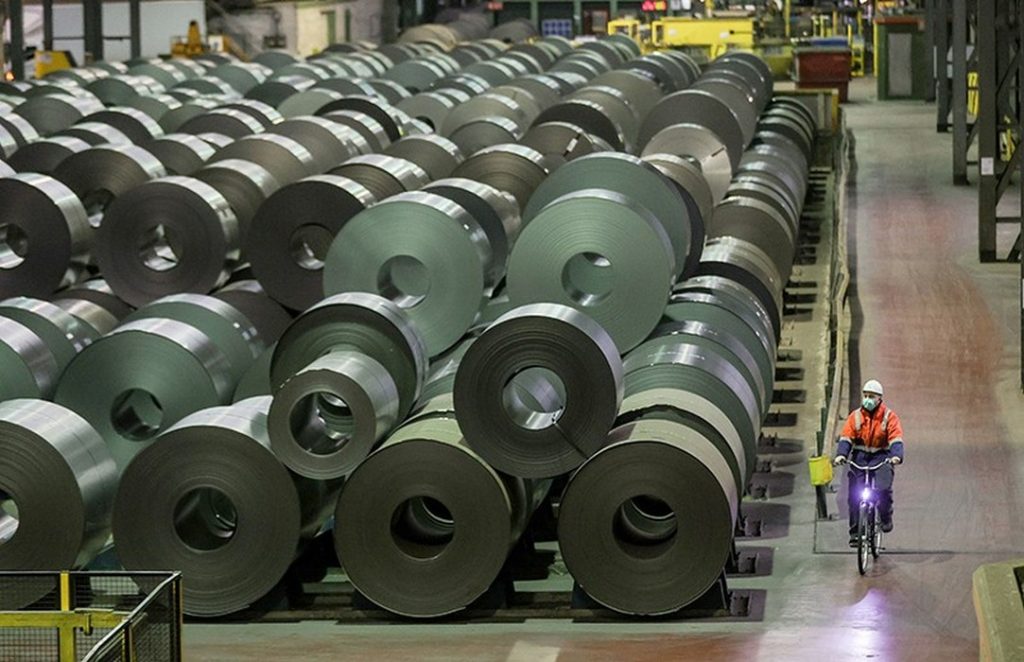Getting to Zero Coalition members and Australian shipping and energy stakeholders formed a taskforce in June to support the development of the Australia-East Asia Iron Ore Green Corridor.
The proposed green corridor would facilitate the transport of iron ore along a shipping route that supports net-zero-emission fuels.
Taskforce participants came together for an in-person roundtable at Maritime Industry Australia’s decarbonisation summit in October. The Global Maritime Forum hosted the roundtable with MIAL.
Shipping companies Cargill, NYK Line, Oldendorff Carriers and Star Bulk; resource companies BHP and Rio Tinto; future fuel suppliers such as Yara Clean Ammonia and other stakeholders including ClassNK and Pilbara Ports Authority also joined the roundtable.
GMF said an immediate next step in establishing the green corridor is to finalise the assessment of clean ammonia fuel demand and supply.
A consortium led by GMF in collaboration with BHP, Rio Tinto, Oldendorff Carriers and Star Bulk plans to publish the assessment in early 2023.
Roundtable chair Marieke Beckmann, who is also GMF senior program lead on decarbonisation, said dialogue is needed to accelerate the corridor’s development.Research around the use of ammonia is still in its early stages, and there is concern about how an ammonia fuel spill could impact life and marine environments.
Roundtable participants also discussed the task of matching clean ammonia supply with demand.
They highlighted industry action areas to support the task, such as evaluating and quantifying fuel demand and supply, ensuring ammonia is handled safely, and co-ordinating investments across the value chain.
Participants also discussed potential challenges to industry actions, including cross-sector competition for green fuels, the need for government support and public acceptance of ammonia as a fuel.
Following roundtable discussions, participating stakeholders released a joint statement setting priorities for developing the Australia-East Asia Iron Ore Green Corridor.
The first priority is to create a shared understanding of what a realistic fuel supply and demand looks like and how it can be initially aggregated across the green corridor.
The second is to map the key needs and requirements of actors and parts of the value chain that will accelerate the corridor’s development.
The third priority is to promote the development of a regulatory framework for safe operation of ammonia-fuelled vessels.
The joint statement suggests the third priority would involve implementing safety standards for bunkering, fuel handling and ship construction, as well as crew training and environmental protection.
And the fourth priority is to engage with critical public sector actors to define and promote the benefits of the green corridor.
Signatories to the joint statement also acknowledged the challenges of technological and infrastructural readiness (for ammonia production and supply) and the need for clean ammonia regulation.
They also acknowledged the challenges of developing safe bunkering infrastructure, procedures and standards, and the need to understand the carbon intensity of future fuels throughout the value chain.
Tags: Iron Ore green Corridor, MIAL, NYK, Taskforce



Recent Posts
FRV Partners with Envision Energy on Green Ammonia Project in Brazil
Hamburg Trials HVO 100 Biofuel for Port Fleet as Interim Decarbonization Measure
CUMTA considers water metro linking ECR and Napier bridge
BSM unveils methanol bunkering simulator to equip seafarers for greener shipping
DPA commissions India’s first Make-In-India green hydrogen plant at Kandla
Port of Tauranga to Trial New Zealand’s First Fully Electric Straddle Carrier
OceanScore Crosses 2,300-Vessel Mark as Demand for Compliance Solutions Grows
HD Hyundai and H-Line Shipping Collaborate on AI-Powered Autonomous and Eco-Friendly Vessel Technologies